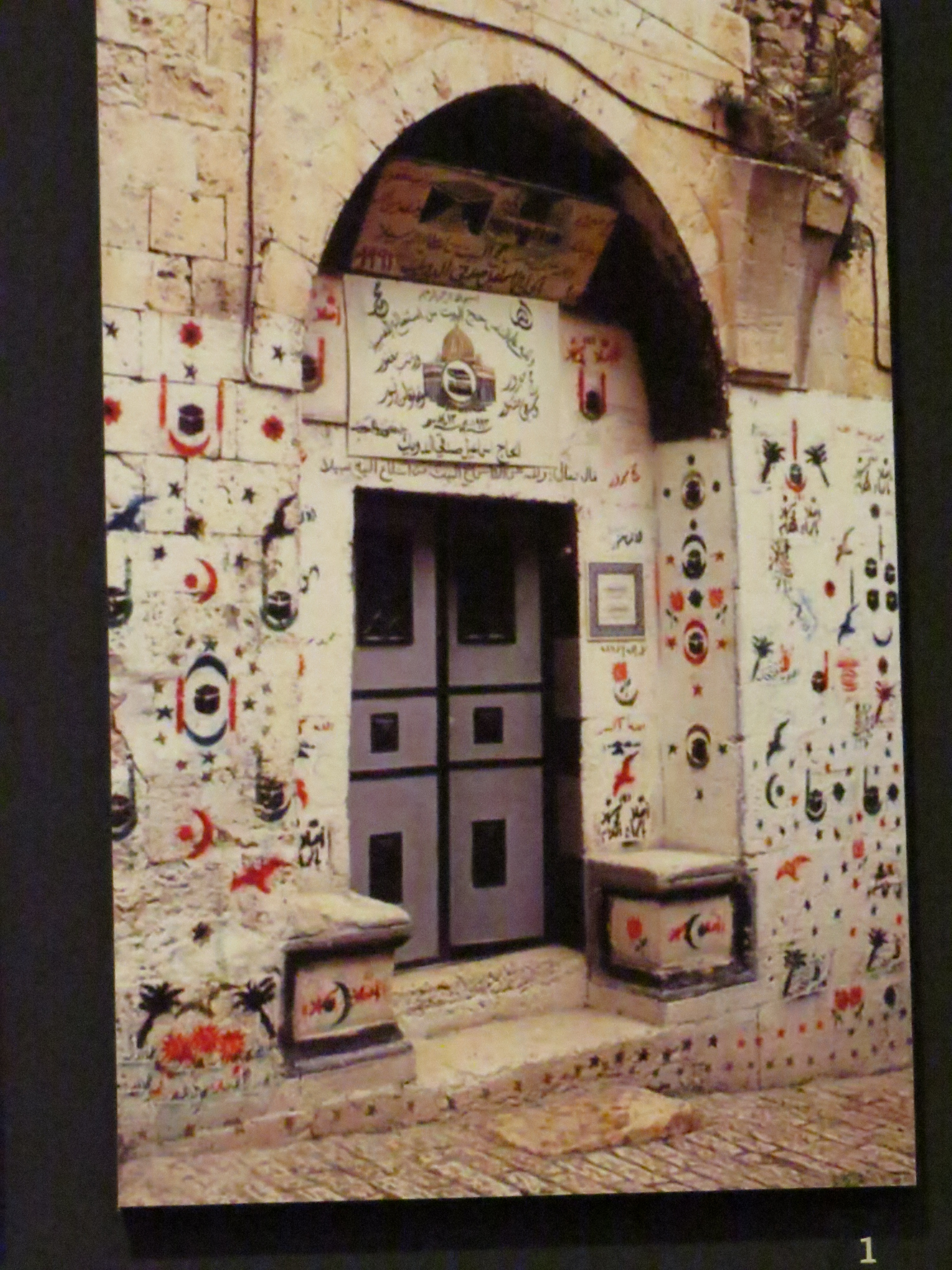David Lawrence -Young Building Details in Jerusalem
Once upon a time many years ago in a land ruled by Queen Elizabeth II, I studied geography. My geography teacher, a wise old man with greying hair and kindly eyes, told me that when I walk through the streets of an old town (or old part of a modern town), I should look up. “Look up what?” I asked. “Look up at the buildings above the shops and entrances to the buildings, for that is where you will find the interesting architectural details.” And that is what one of the latest exhibitions at the Israel Museum in Jerusalem is all about. “Details in Jerusalem” is exactly that.
It shows how so many of the old buildings in the Holy City, both the Old City and the parts built since the 19th century are decorated in so many ways. Looking for these decorative gems add yet another layer of your enjoyment to wandering around this architectural treasure trove. Some of these details are very obvious, such as the huge lion atop the roof of the Generali Building on Jaffa Road. Other details are more difficult to find. These may include stars of different kinds carved into the building stone or the smaller lions that decorate the Old City walls by the Lions’ Gate. Other examples include the human faces and lambs which embellish several buildings as well as palm trees which adorn the sides of other impressive looking buildings.
But not all of these architectural details are made of stone. Many are wrought of iron. These include Stars of David and other religious symbols or simply, record the year that the building was first erected. As Jerusalem is home to Judaism, Christianity and Islam, many of these symbols represent these three religions, an aspect which adds to their variety. For example, the star is important to all of the above faiths and as such, can be seen in many different forms.
Not only do these symbols appear in a variety of guises and styles, but so too does the writing on several of the buildings as well. Look at some of the old signs such as Nablus Road in the city centre or Zichron Tuvia near Machaneh Yehuda and you will find them beautifully written on enamel tiles in Hebrew, English and Arabic. And if we’re talking about languages, many signs and symbols in Greek also feature on churches and other religious buildings.
And finally, contrary to the advice my old geography teacher gave me, also look down at the floors you walk on. The chances are that you will also find some fascinatingly decorated tiles beneath your feet. As David Kroyanker, the renowned architect behind the exhibition has shown, the fascination is in the details.




















